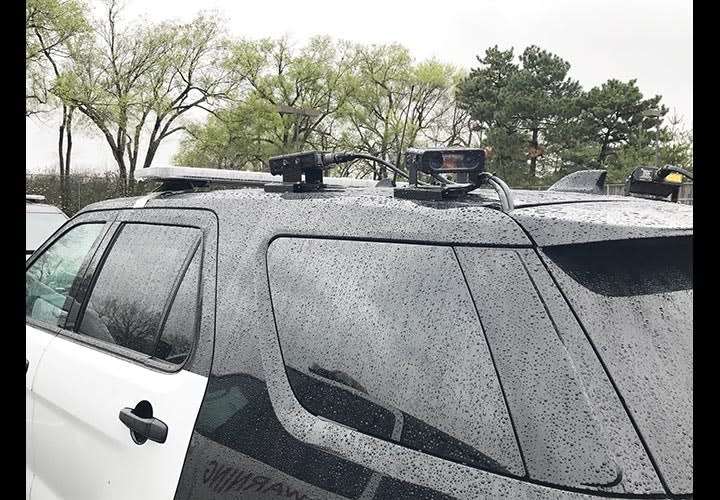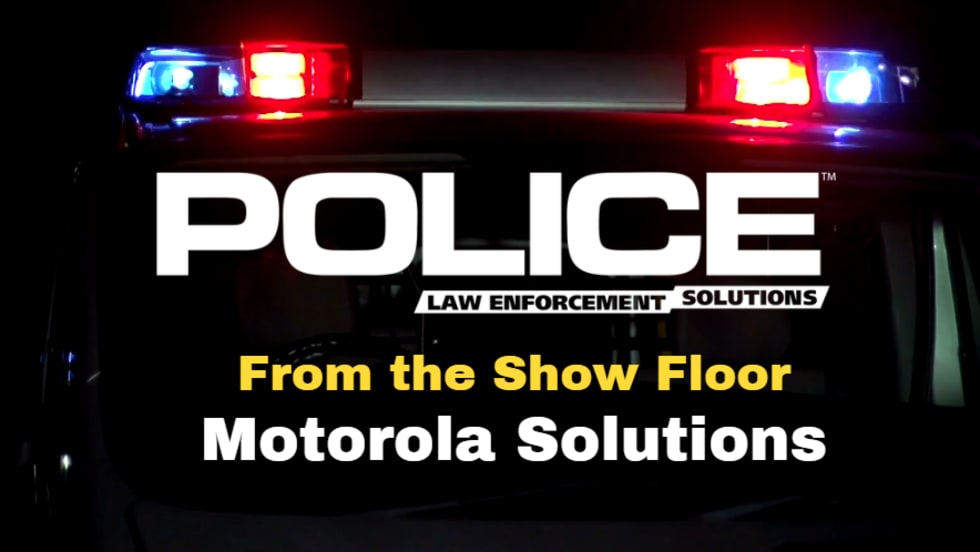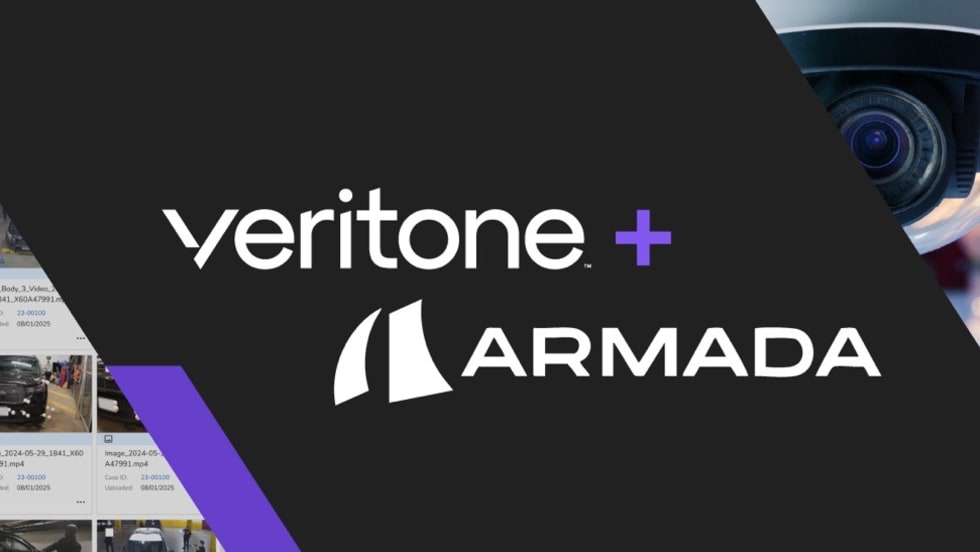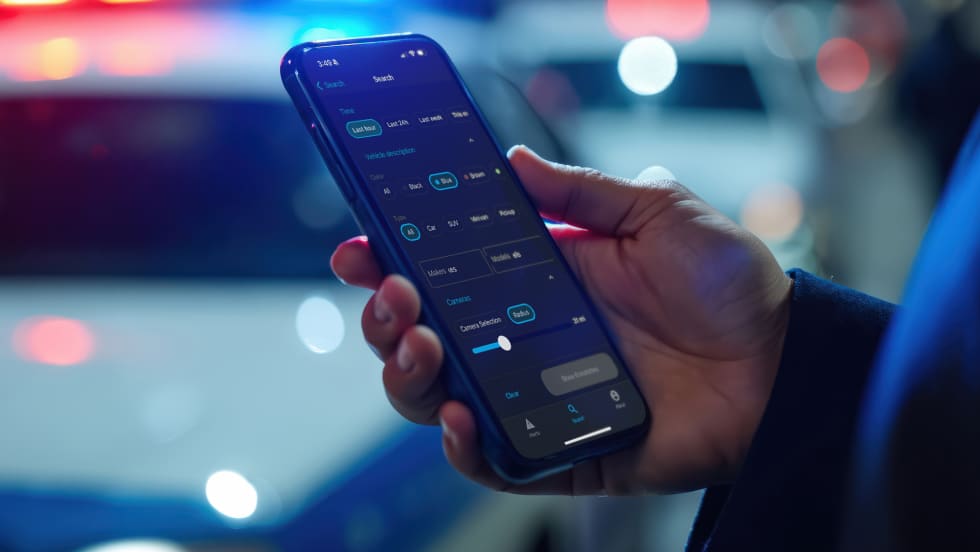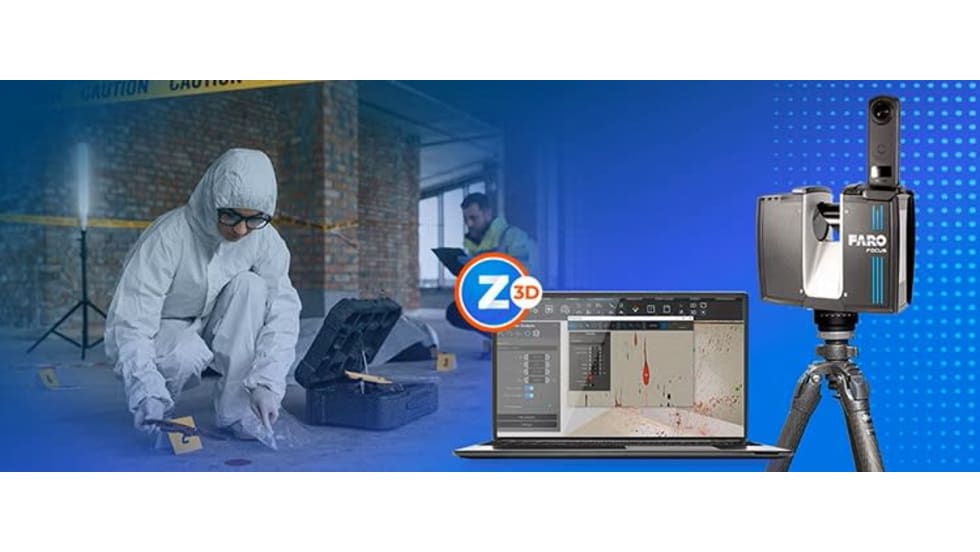RTCC staff use the LPR systems in conjunction with a network of surveillance video cameras. When the LPR systems alert the command center staff to the presence of wanted or warranted vehicles, they can use the surveillance cameras to relay real-time information to officers in the field. Every workstation in the RTCC can access the LPR system and NCIC so that the staff can relay critical intelligence to CMPD officers on the streets.
NDI-RS systems are also in use by the Daytona Beach (FL) Police Department. The popular tourist destination draws 8 million visitors annually and the department's 250 sworn officers provide services for them and the 67,000 residents of the city. That's a heavy mission for a small force, so it deploys LPR systems to help maximize its resources.
Daytona Beach PD fields two stationary and two mobile NDI-RS systems to great effect. "I love this system," says Jackie Flory, one of the department's crime analysts. "I can't even tell you how many cases we've solved using it." Flory says the system, which was acquired in 2006, has helped officers solve serious crimes, including bank robberies.
The details of that case are indicative of how LPR systems are being used for more than stolen vehicle recovery.
After a bank robbery in the neighboring community of Ormond Beach, officers identified a personalized license plate on a suspect car. Witnesses also said the car had no hubcaps. Flory used NDI-RS's VeriPlate Intelligence Server and Communications engine to determine the suspect had since acquired new hubcaps for the vehicle. Daytona Beach officers were able to act on that intelligence and locate and apprehend the suspect, who subsequently confessed and was charged with four counts of bank robbery.



